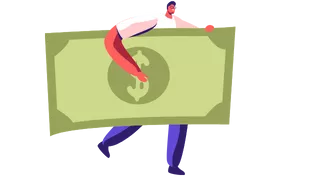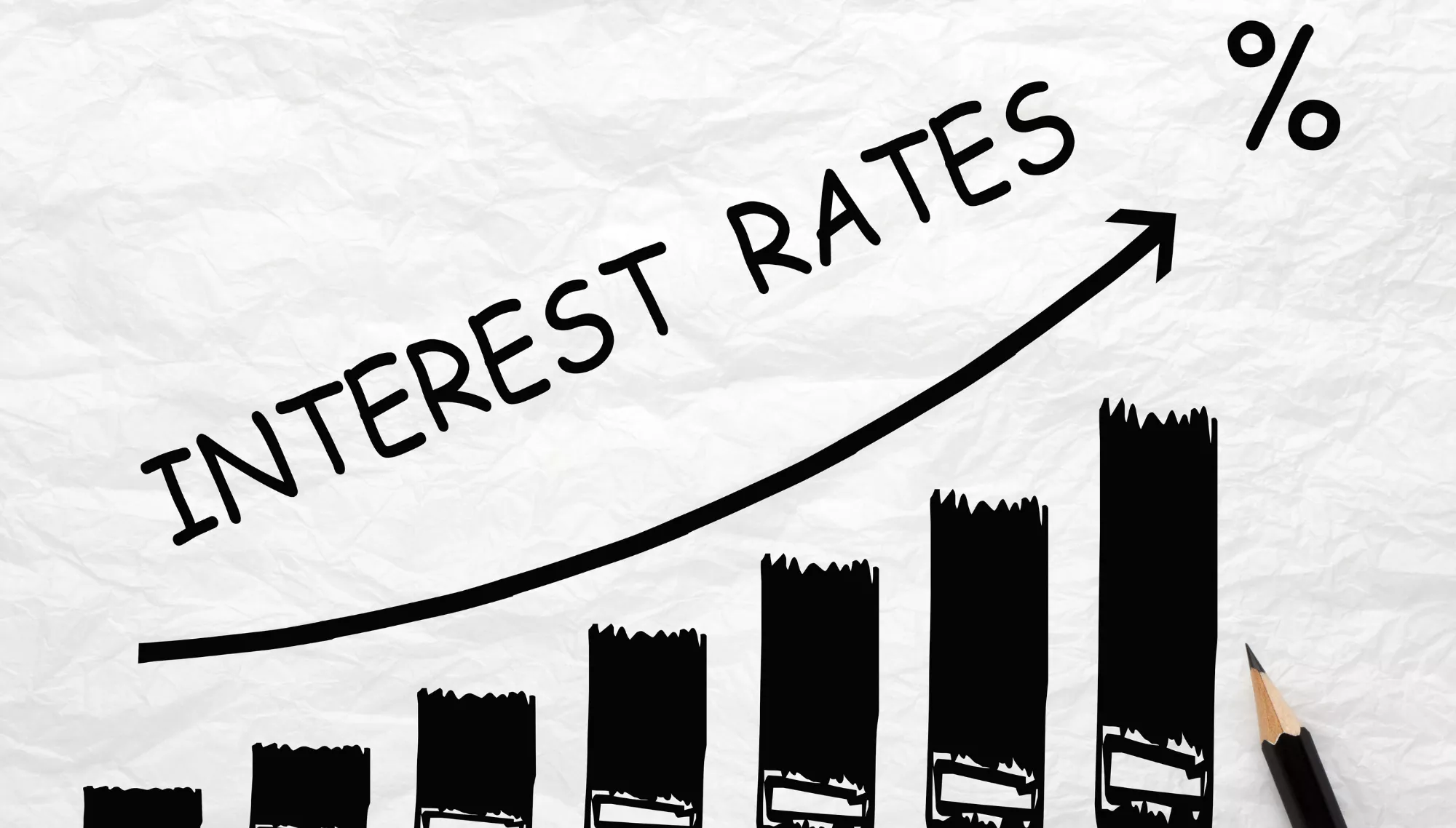
TABLE OF CONTENTS
- What Does the Fed Rate Hike Mean?
- What Makes Interest Rates Go Up?
- What Happens When Interest Rates Rise?
- How Do Interest Rates Affect Business Activities in Our Economy?
- What to Do When the Fed Raises Interest Rates
- How to Profit from Rising Interest Rates
- Making Your Cash Work Harder as Interest Rates Rise
- Rising Interest Rates: Final Thoughts
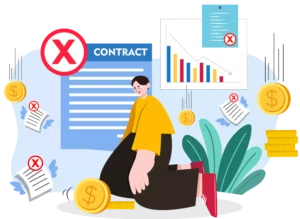
As a business owner, it’s important you understand how the Federal Reserve interest rates impact your business operations. The past decade—characterized as the post-Great Recession era—saw markedly lower Fed interest rates, but times have changed. To combat inflation, the Fed continues to announce interest rate hikes. As of July 28, 2022, the Federal Reserve increased interest rates four times since the start of the 2022 calendar year.[1]The Federal Reserve. “Open Market Operations“. Accessed September 2, 2022. These rising interest rates affect business owners and consumers alike.
Below examines Federal Reserve interest rates with a focus on interest rate hikes, their impact on the economy, and the resulting impact on your business. Without further ado, let’s find out what the latest Fed interest rate hike means for you and your business!
What Does the Fed Rate Hike Mean?
As the central bank of the United States, the Federal Reserve is responsible for maintaining or preventing various economic conditions related to employment, investment, and inflation, among other related economic factors. The Fed’s authority over interest rates is one of its most powerful tools for steering economic conditions in a positive direction.
By managing interest rates, the Federal Reserve can encourage specific kinds of economic activity. The goal of raising and lowering interest rates is to prevent issues in the economy, such as an economic recession. The term “Fed interest rate hike” refers to the act of raising interest rates, essentially raising the cost of borrowing capital. As the Federal Reserve interest rate climbs, lenders increase interest rates in accordance. Mortgages, business loans, credit cards, and most forms of financing become more expensive.
Additionally, the interest rates of some forms of already-acquired lending change in tandem with the Fed interest rate. However, fixed-rate loans remain unchanged by short-term shifts in interest rates. As such, you might consider fixed-rate financing options to reduce the impact rising interest rates have on your business.
What Makes Interest Rates Go Up?
The Federal Reserve may raise interest rates for a variety of reasons. Below are the two common conditions most often triggering a Fed interest rate hike.
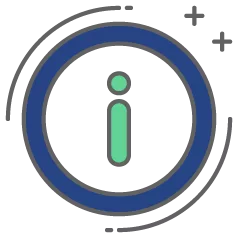
Increased levels of inflation
Inflation, a general increase in prices, severely impacts the economy. It reduces consumers’ and investors’ confidence in the currency, leading to unstable market conditions. In 2022, countries around the world, including the United States, experienced levels of inflation not seen for decades. Data from June 2022 suggests the annual inflation rate was 9.1%—the highest rate since 1981. In contrast, the January 2019 inflation rate was 1.6%.[2]Trading Economics. “United States Inflation Rate“. Accessed September 2, 2022.
When the Federal Reserve increases interest rates, it essentially makes money more expensive, driving down consumer spending and decreasing the cost of products. One of the most effective monetary policy tools for controlling inflation, increasing interest rates can also make saving money more enticing, as banks usually offer more beneficial interest rates for savings accounts.
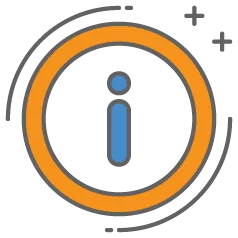
Overheating market
If the market experiences significant, extended growth, the Federal Reserve may choose to raise interest rates to prevent the market from “overheating.” This reduces the risk of asset bubbles and other market irregularities often inciting economic downturns.
The Federal Reserve must have tools available to guard against an economic downturn spiraling into a full-blown recession or depression. Keeping interest rates at appropriate levels is essential if the Federal Reserve wants to prevent and respond to economic issues.
What Happens When Interest Rates Rise?
When interest rates rise, consumer demand decreases. As the cost of credit cards, loans, and other forms of financing rise, consumers’ ability to spend decreases.
Additionally, a Fed interest rate hike can also decrease business investment. Because the cost of acquiring working capital is more expensive, businesses are less likely to borrow money to invest in growth. Instead, businesses may choose to pay down debt and closely manage their cash flow until economic conditions improve.
How Do Interest Rates Affect Business Activities in Our Economy?
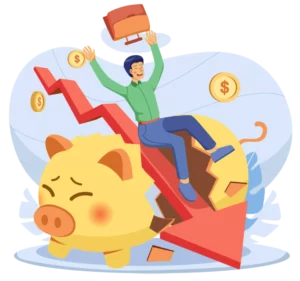
Interest rates significantly impact the economy in a variety of ways. Below is a list of five major effects rising interest rates have on business activity in the United States economy.
1. Consumer income goes down
An increase in interest rates doesn’t necessarily mean layoffs will occur, but you can certainly expect a decrease in take-home income. When interest rates increase, so does the cost of loans, credit cards, and other forms of debt. This places an extra financial burden on consumers, reducing their expendable income.
2. Consumer spending decreases
When consumers’ expendable income decreases, consumer spending follows. In a period of reduced consumer spending, businesses may experience diminished profits. This can cause problems for businesses reliant on strong consumer demand.
3. Cash flow decreases
A reduction in consumer demand can result in cash flow problems for your business. Additionally, rising interest rates may make a business’s debt more expensive. The increased cost of capital, thus increased debt expenditure, also hampers cash flow. Businesses that have undertaken debt subject to variable interest rates are especially vulnerable to cash flow crunches during periods of rising interest rates.
4. Business expansion and growth slow down
Many businesses rely on lending as a means of securing capital to invest in future growth. Without access to affordable capital, businesses are less likely to invest in future growth. As businesses invest less in their operations, the national economic output can slow down.
5. Obtaining business loans becomes difficult
When interest rates increase, the cost of business loans increases. Unfortunately, interest rate hikes typically occur during periods of substandard economic conditions. The economic conditions inciting an interest rate hike can lead to credit crunches, which means lenders may set higher standards for financing. In this economic environment, higher business credit scores or additional collateral may be required to access lending.
What to Do When the Fed Raises Interest Rates
When the Federal Reserve raises interest rates, your business must respond accordingly. Failing to adjust your operations in accordance with a rising interest rate can expose your enterprise to financial peril. That said, below explores how businesses should react to a Fed interest rate hike in order to reduce their financial exposure.
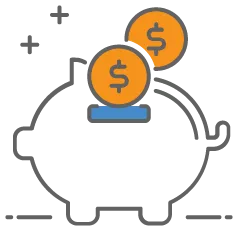
Shop around for the best savings
To benefit from higher interest rates, secure better yields on funds in your business bank accounts. Shop around for accounts offering interest rates that align or increase with the Federal Reserve interest rate.
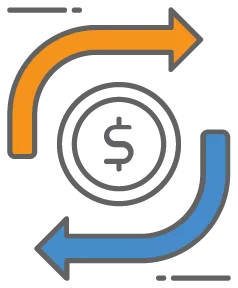
Cut down on “bad debt” and reinvest
“Bad” debt is expensive debt. If your business secures expensive debt to fund its operations, consider finding better borrowing terms. For example, instead of utilizing business lines of credit subject to higher interest rates, search for business loans offering more competitive pricing.
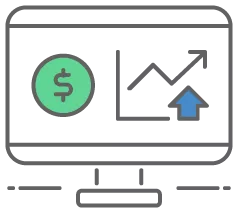
Improve your business credit score
As previously mentioned, the economic conditions that typically lead to higher interest rates may make lenders less likely to issue loans. To goal of lending is to receive a return on investment (ROI), but unfavorable economic conditions jeopardize ROI. Businesses may need higher credit scores to secure financing.
Tip: Paying down your business’s revolving utilization can help you improve its credit score. Likewise, removing mistakes from your credit report can also build your business credit score.
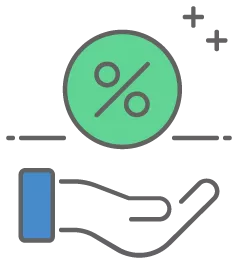
Search for the most competitive borrowing rates
If you find your business in need of financing in order to operate effectively, securing the most affordable interest rate is important. Approach multiple lenders to evaluate if any offer more competitive rates than the others. The smallest difference in an interest rate can save your business quite a lot of money long term.
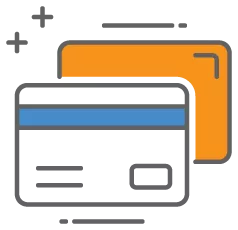
Negotiate credit card processing rates
Assess your business’s current expenses, especially its credit card processing rates. If you find you’re paying above market rates for credit card processing, contact your processor to inquire if there’s room for negotiation on your rates. If you can’t negotiate, it’s time to shop around! With so many available credit card processors now competing for your business, there’s never been a better time to look for a better rate.
How to Profit from Rising Interest Rates
As interest rates increase, businesses can take advantage of better rates on their savings. Finding savings accounts or other investment vehicles offering better returns can help your business generate cash when the Federal Reserve raises interest rates. However, with inflation currently much higher than interest rates, generating a profit from savings accounts, even those offering favorable rates, can be challenging.
Making Your Cash Work Harder as Interest Rates Rise
A period of higher interest rates is an excellent time to assess your business’s current expenses and commitments. Let’s look at some areas you can analyze to save money and make your cash work harder:
- Search for cheaper suppliers: Your suppliers have a massive impact on your costs. If you want to make your cash work harder, negotiating with your existing vendors or searching for new suppliers is a good place to start.
- Reduce energy expenditure: Your monthly energy bills can play a significant role in your cash flow. Reducing energy expenses during times of higher interest rates, as well as inflation, can help your business survive.
- Use more effective advertising: If you have a costly advertising budget, it might be time to look at more effective advertising strategies. Analytics from digital advertising can help you pinpoint your business’s target demographic. Tailoring campaigns to market to this demographic can be more effective and less expensive than casting a wide net via advertising.
- Invest in technology: Investing in technology—software, cloud computing, automation, and such—can improve the efficiency of your business operations while saving you cash. Many businesses make the mistake of spending too many resources on inefficient systems.
Rising Interest Rates: Final Thoughts
Inflation-adjusted Federal Reserve interest rates have primarily trended downward since the 1980s, but as currently evident, the United States economy is not immune from significant interest rate hikes.[3]Congressional Budget Office. “The Historical Decline in Real Interest Rates and Its Implications for CBO’s Projections“. Accessed September 2, 2022. Business owners should be acutely aware of the impact Federal Reserve interest rate hikes has on borrowing, consumer demand, investor confidence, and other such factors. The practices for protecting your business from the negative impacts of rising interest rates—finding a credit card processor with lower rates, increasing your business credit score, and searching for high-yielding bank accounts—are necessary as rates increase, but advantageous regardless of the current interest rate.
We work for you!
So, you will always get a fair deal.
Transparent




